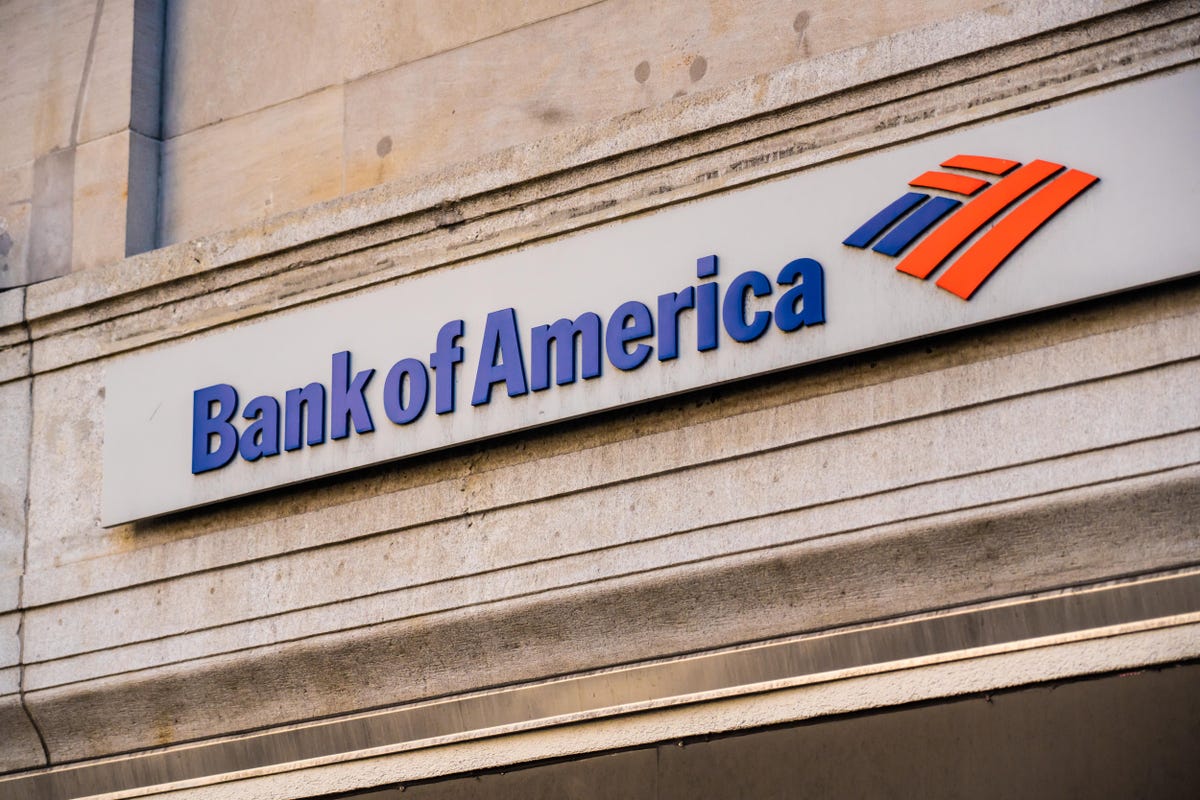
Inflation won’t be cooling off until 2023, and there is likely going to be a recession next year, according to economic experts from Bank of America and Wells Fargo, who spoke at the Securities Industry and Financial Markets Association (SIFMA) Annual Meeting in New York on Monday.
“We’ve had a recession in our forecast for a while now,” Jay Bryson, managing director and chief economist at Wells Fargo, said during the panel session “Inflation, Inflation, Inflation and Recession: The Economic Outlook.”
There have already been several threatening signs, he said. For example, in August, real disposable income was down 4% year over year, while real spending was up 2% year over year.
In response, consumers are bringing their savings rates down, and “they’re also jacking up their credit card debt, and these things aren’t sustainable in the long run,” he warned.
Below are five of the standout predictions Bryson and Ethan Harris, head of global economics research at Bank of America, made during the panel session, which was moderated by Dr. Lindsey Piegza, chief economist and managing director at Stifel Nicolaus & Co.
1. The Federal Reserve will probably overdo its monetary tightening.
“This is the fastest pace of monetary tightening we’ve seen since the early 1980s,” Bryson said.
“You’re starting to see it in terms of housing and other interest rate sensitive parts of the economy,” he said, predicting: “The Fed will probably end up overdoing it.”
That, said Harris, is after the Fed waited six months too long to increase interest rates.
2. A recession is likely in 2023.
A result of that aggressive monetary tightening is “you’re probably looking at a modest sort of recession next year,” starting mid-2023, Bryson predicted.
Harris agreed, saying: “I don’t see how we avoid a recession.”
3. Inflation should decline next year.
But one key question will be what the Fed does if the inflation rate declines to 3%, Bryson said.
“They’ve been committed to this 2% sort of inflation target,” he said. “So do they really keep the screws on the economy to try to get us back to 2% or do they declare a victory and go home with the 3% inflation rate?”
That is something “we’ll be debating sometime next year,” he said.
4. The supply chain will improve, eventually.
“I think that in the next couple years we’re going to see supply chains improved dramatically,” Harris said. “Hopefully commodity prices will stabilize at high levels so we won’t get additional commodity shocks.”
5. The labor market will be tight for a long time.
One issue is that the U.S. labor force’s natural rate of increase is “barely growing right now,” Bryson said, adding that without added legal immigration, “where’s the labor going to come from?”


